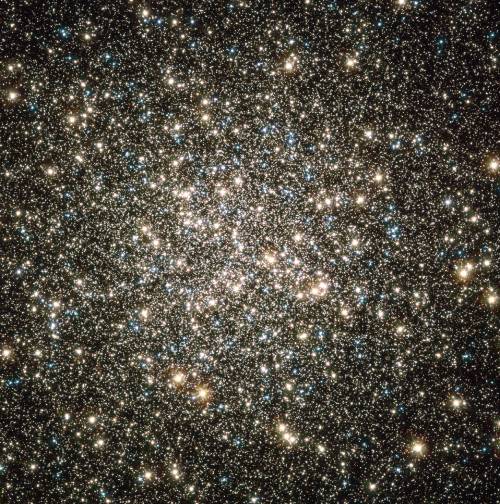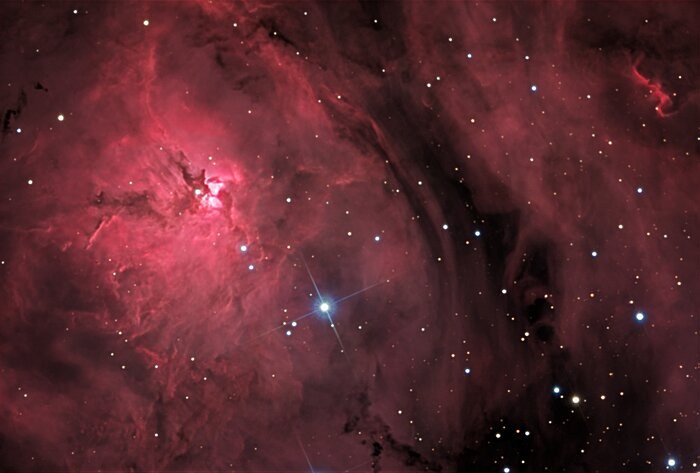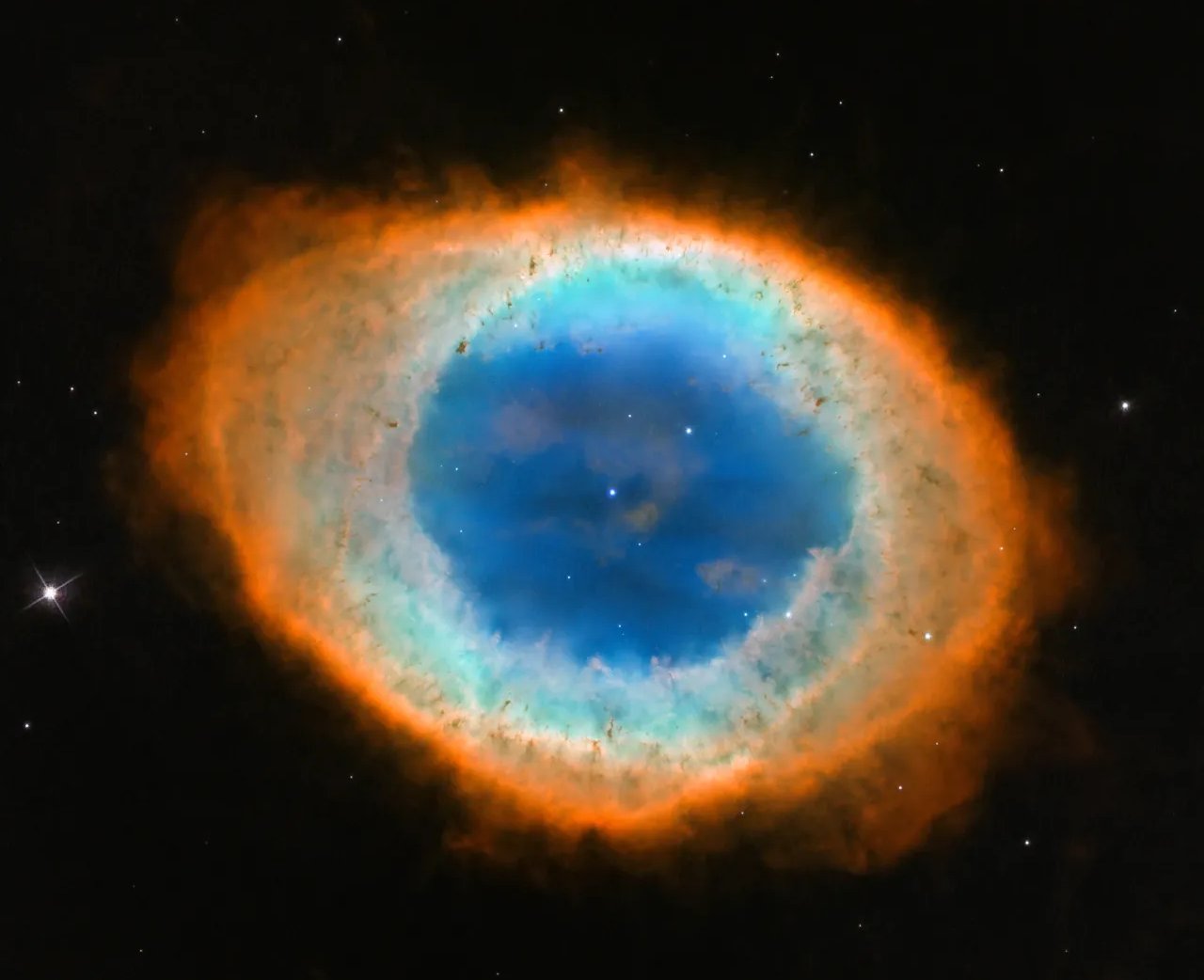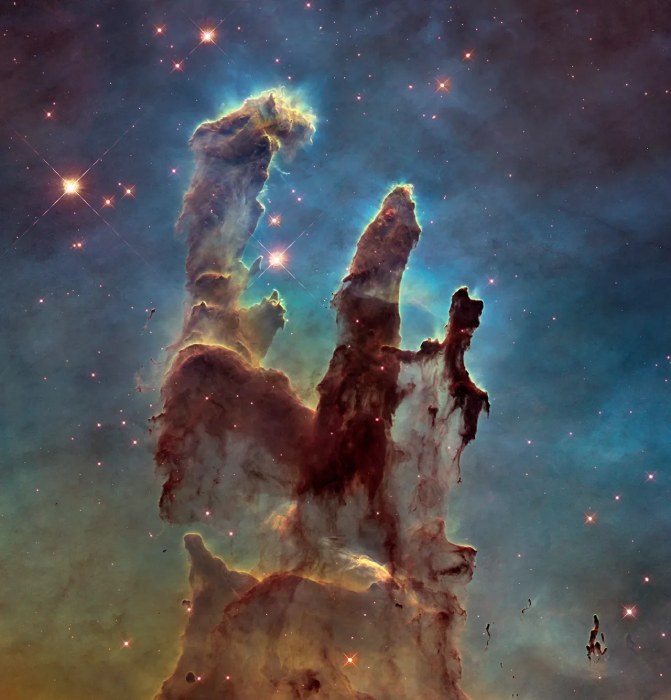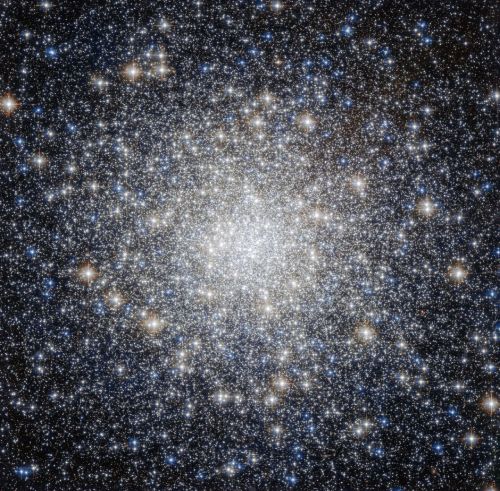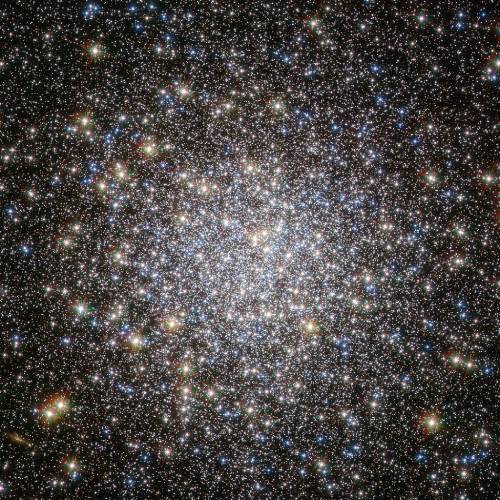THIS MONTH
July
What's there to see in the night sky?
Hercules Cluster (M13)
Messier 13 (M13), also known as the Hercules Cluster, is one of the most famous and breathtaking globular clusters visible in the night sky. Located approximately 22,200 light-years from Earth, it captivates stargazers with its stunning beauty and vastness.
NORTHERN HEMISPHERE
Lagoon Nebula (M8)
The Lagoon Nebula is a beautiful and prominent emission nebula located in the constellation Sagittarius. It is one of the largest and brightest nebulae in the night sky and is easily visible with binoculars and small telescopes.
NORTHERN/SOUTHERN HEMISPHERE
The Ring Nebula (M57)
The Ring Nebula is a famous planetary nebula in Lyra, easily found between the bright stars Vega and Sulafat. Its distinctive ring-like shape and brightness make it a popular target for amateur astronomers.
NORTHERN HEMISPHERE
The Eagle Nebula (M16)
The Eagle Nebula, located in the constellation Serpens, is best seen during the months of July through October. This stunning emission nebula, known for its 'Pillars of Creation,' is visible through binoculars or a small telescope under dark skies.
NORTHERN/SOUTHERN HEMISPHERE
Wild Duck Cluster (M11)
The Wild Duck Cluster in the constellation Scutum is renowned for its V-shaped pattern of stars resembling a flock of ducks. Located in the Milky Way’s rich star fields, it’s a striking target for astronomers.
NORTHERN/SOUTHERN HEMISPHERE
Messier 92 (M92)
M92 is a remarkable globular star cluster located in the northern constellation of Hercules, approximately 26,700 light-years from Earth. This ancient celestial object offers a fascinating glimpse into the early stages of the Milky Way’s formation.
NORTHERN HEMISPHERE
Messier 19 (M19)
M19, a striking globular cluster in Ophiuchus, stands out with its unusual elliptical shape—one of the most elongated known. Best seen from southern latitudes during winter, this dense stellar swarm offers a dazzling glimpse into the ancient heart of the Milky Way.
SOUTHERN HEMISPHERE
Globular Cluster M5
M5 is a stunning collection of stars in the Serpens constellation, one of the brightest and largest globular clusters in the sky. Although it can be viewed as a faint patch of light through binoculars, it's an excellent target for telescope observers.


